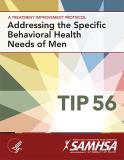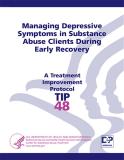
This updated TIP includes the latest evidence on motivation-enhancing approaches and strategies. It describes how substance use disorder treatment providers can use these approaches and strategies to increase participation and retention in substance use disorder treatment.
Units per Product
Download
TIP 35: Enhancing Motivation for Change in Substance Use Disorder Treatment
File Type: PDF
File Size: 6.44 MB







